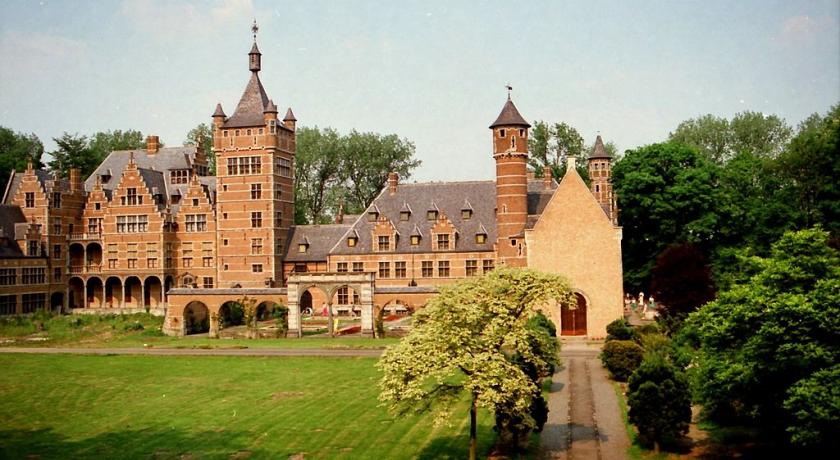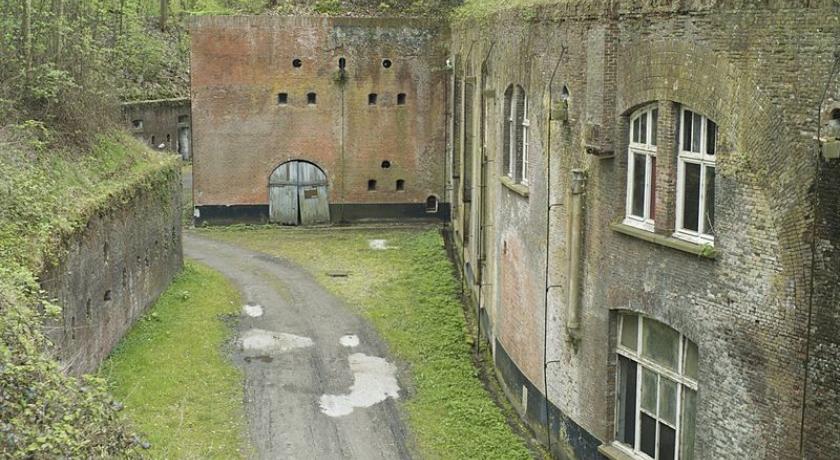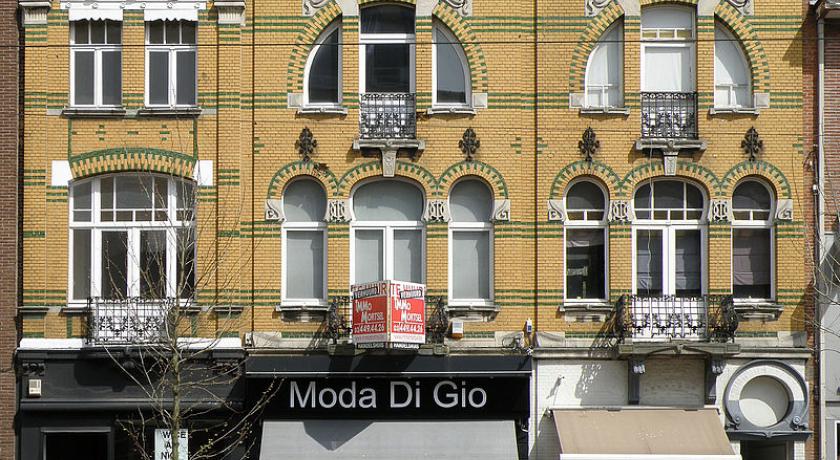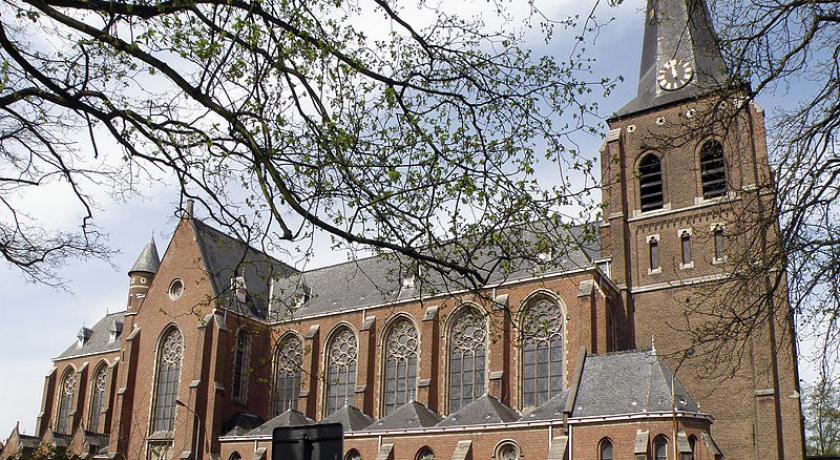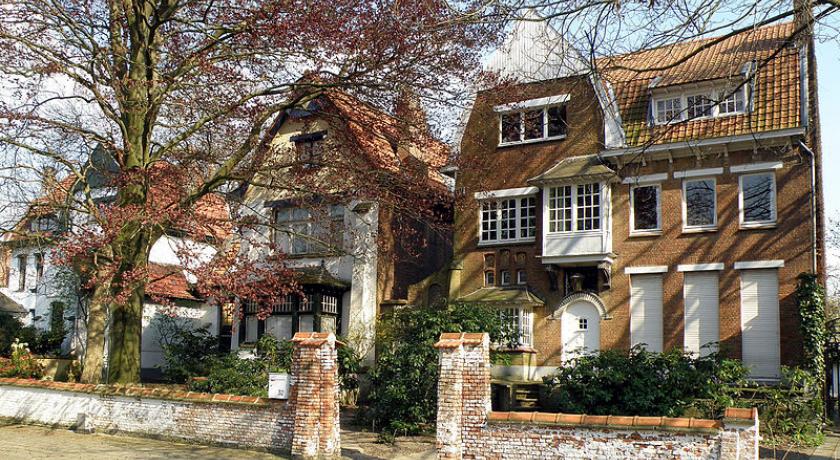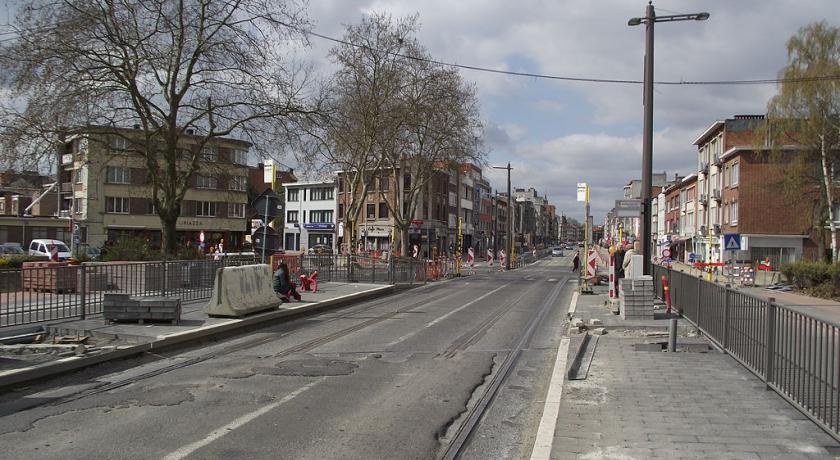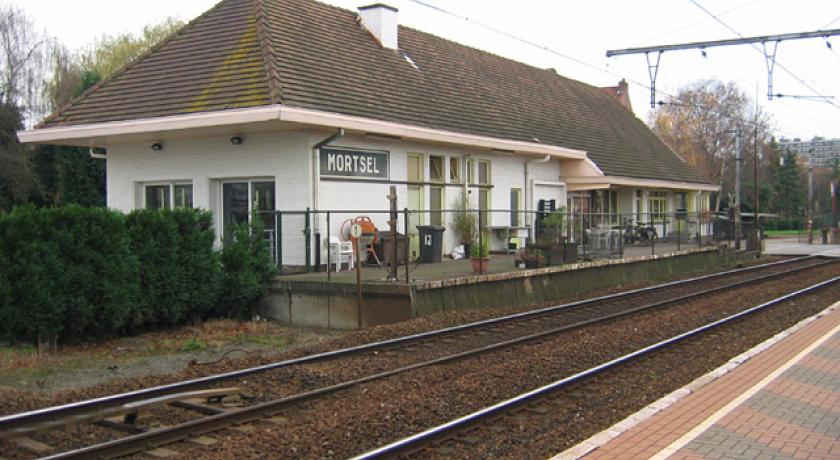Description
Mortsel is a Dutch-speaking city in Belgium situated in the Flemish region of the province of Antwerp
Lordship of Cantecroy
Cantecroy, now an eastern district of Mortsel, was an old lordship erected as a county, with the title of principality.
The oldest document mentioning the lordship of Cantecroy is a deed of sale dated 1239, in which a certain Arnoldus sells it.
In 1284, Cantecroy was in the possession of Vauthier Wolckaert, who yielded it to Duke Philip III of Burgundy in 1295.
In 1296, Guillaume Berthout, lord of Berchem and Ranst, bought the estate from the duke and endowed the castle with a high dungeon, destroyed in 1698.
In 1538, Henri de Pontailler, who owned half of the lordship that his wife, Jeanne Anne de Hornes, had inherited from her mother Adrienne de Ranst Berthout, bought the missing share from Jeanne de Ranst Berthout. On the death of Henri, his widow sold the lordship to Nicolas Perrenot de Granvelle, keeper of the Seals, first advisor to the Emperor Charles V, suzerain of Besancon and count of Burgundy, who transmitted it to his son Thomas, in whose favour the lordship was erected in county, in 1570, by King Philip II of Spain, duke of Brabant.
His son Francois, having no legitimate children, transmited Cantecroy to his nephew, François-Thomas d'Oiselay, lord of Champtonnay, baron de la Villeneuve, chamberlain of the archdukes Albert and Isabella, who resold the lordship in 1616 to Jean-Baptiste Maes, while retaining his count title l, which he transmited, in 1629, to his son Eugene-Leopold and his daughter-in-law Beatrice de Cusance.
Jean-Baptiste Maes, indebted, almost immediately sold the lordship to Count Philip de Godines, from whom his daughter Marguerite-Philippine inherited and brought Cantecroy in 1655 to her husband Charles-Ghiselain, count of Fiennes, and his descendants, In 1718.
On that date, the lordship fell to the barons of Termeeren, who resold it in 1823 to the barons of Osy Wycken.
During the Second World War, Albert Einstein, fleeing from Nazism, resided in the castle of Cantecroy, owned at that time by Professor Arthur de Groodt, while awaiting a visa for the United States.
In the middle of the twentieth century, Daele's family redeemed the castle which she restored and still own.
Finally, in 1984, the castle, the farm, the chapel and the bastions were listed as historical monuments, and the immediate surroundings were listed also as an exceptional rural site.
Oude God or Fort n ° 4 of Antwerp
In August 1914, it was Commander Arthur Romain of the Siege Squadron who was in charge of directing the fort of Oude God. It was General Leman, a long-time friend and sponsor of one of his children, who chose him for this position. They were both professors at the Military School of Brussels. He held out as long as possible and when his men left the fortress in good order, English machine gunners asked him to stay with some trustworthy men. The situation became untenable, they left the fortress and went to Holland where they were confined in an officers camp (French, English and Belgian) in the island of Urk (Flevoland) of the Zuiderzee where he organized with the French airmen André D'Humieres and Armand Coutisson (future colonel) failed attempts to escape by two tunnels. Nevertheless, they both succeeded in leaving the Netherlands. Arthur Romain, born in Fosse on August 17th, 1873, Matricule 12470, Belgian hero decorated with the Order of the Double Dragon of Imperial China, died in Holland on December 29th, 1917, was unjustly forgotten and yet he was worthy of the gratitude of his country.
Address
Mortsel
Belgium
Lat: 51.169116974 - Lng: 4.466248512


